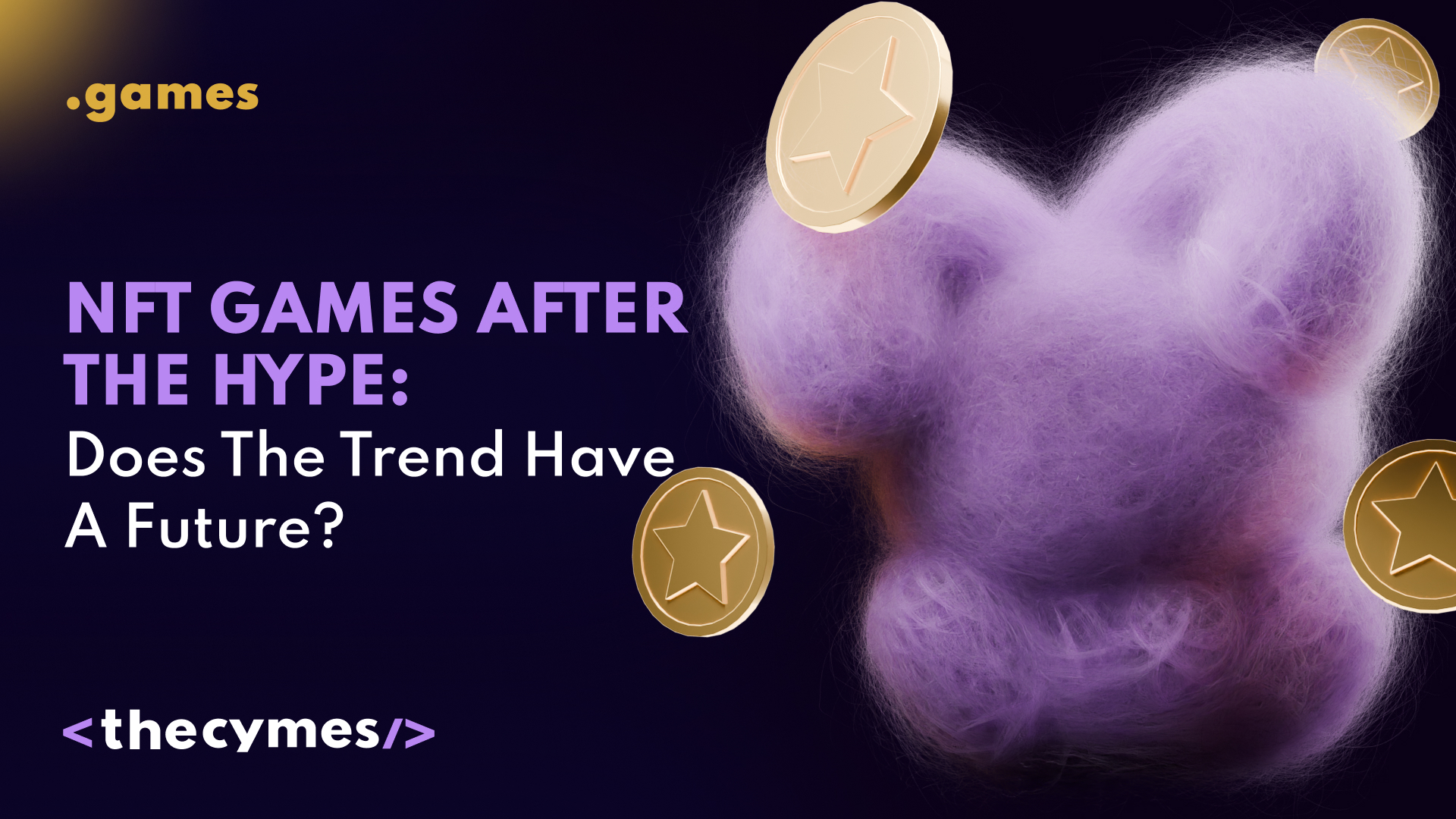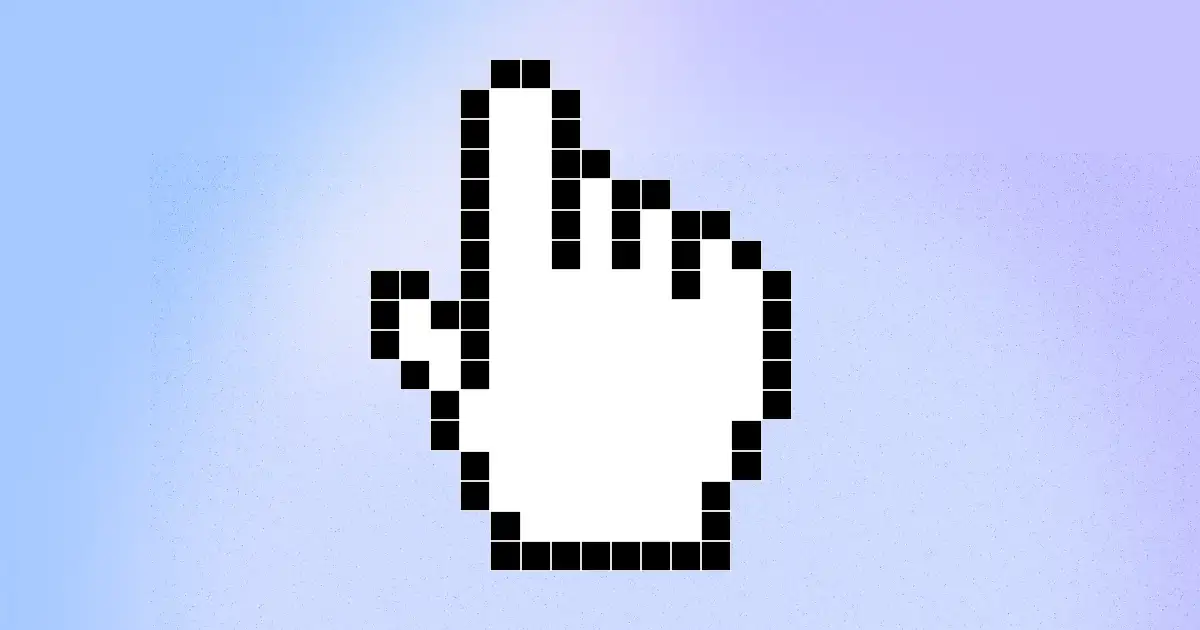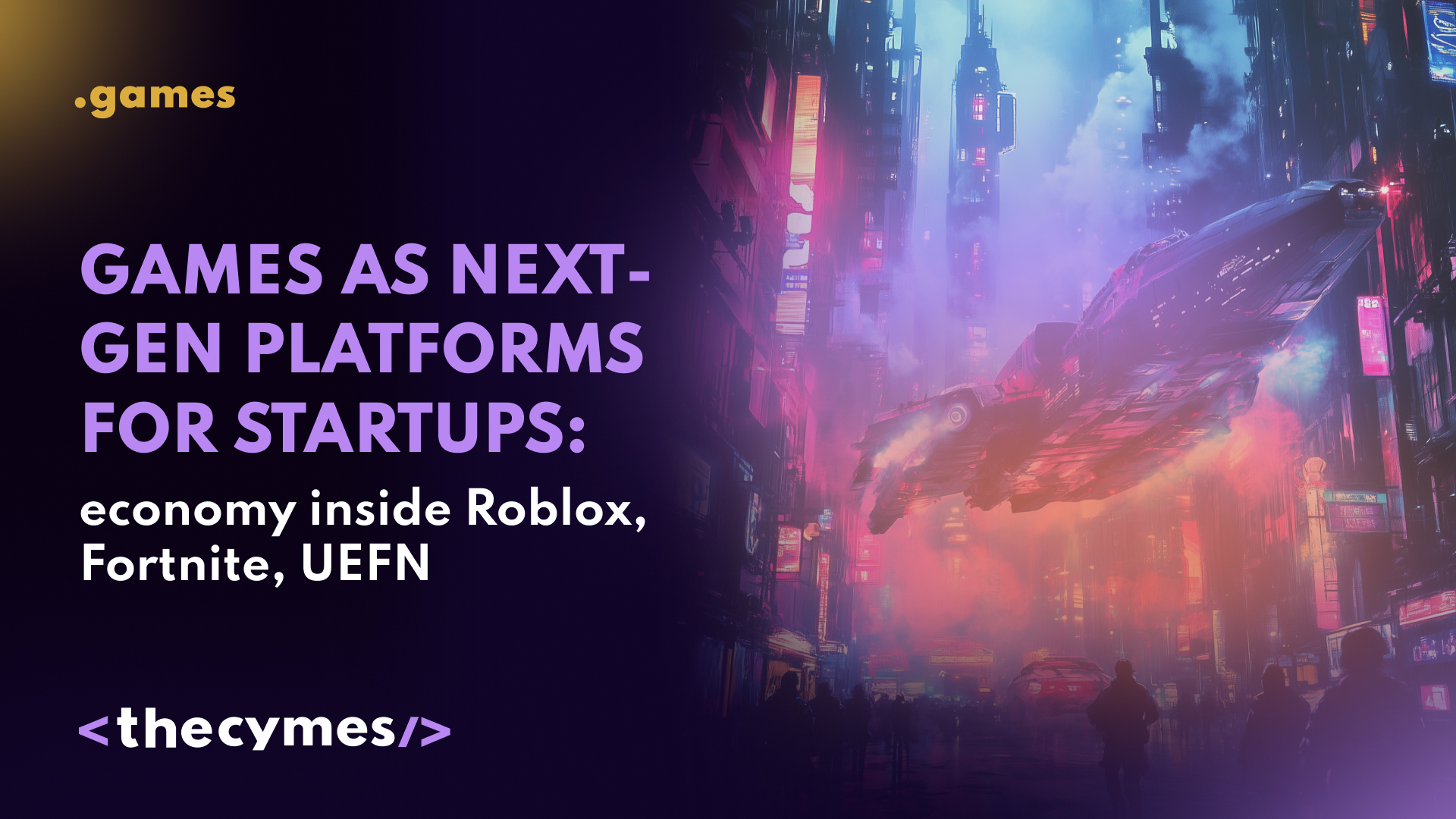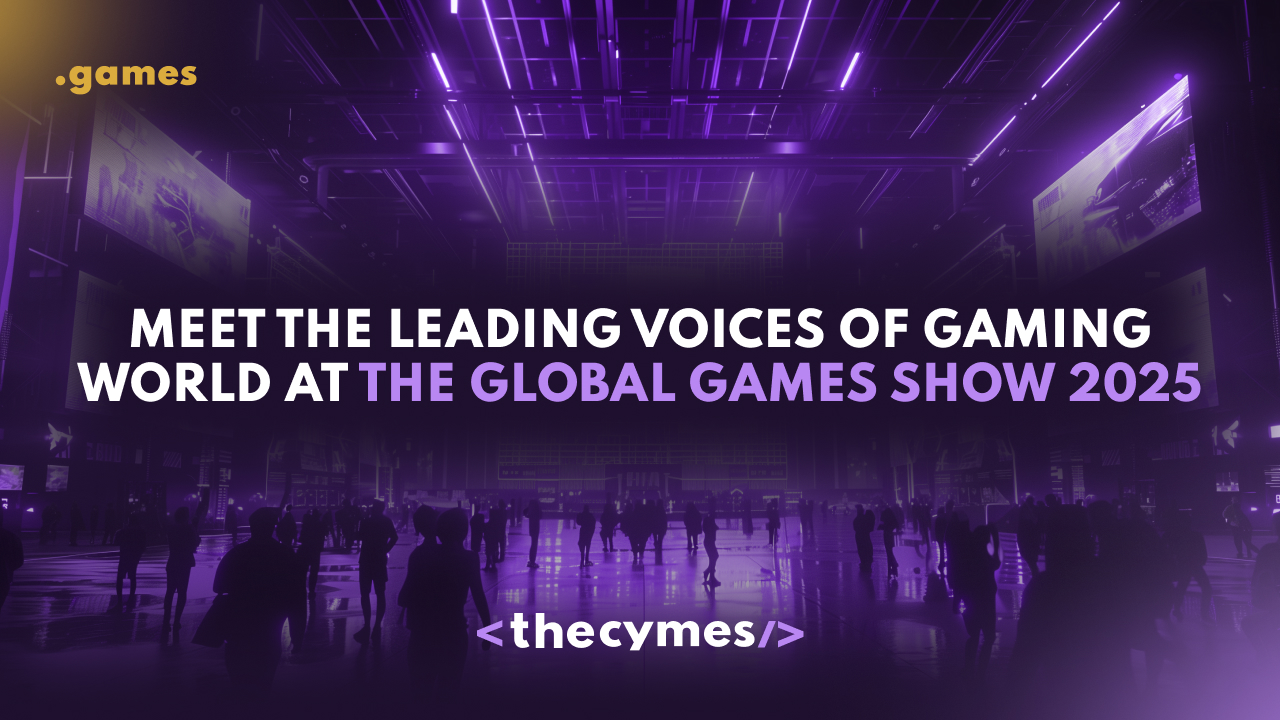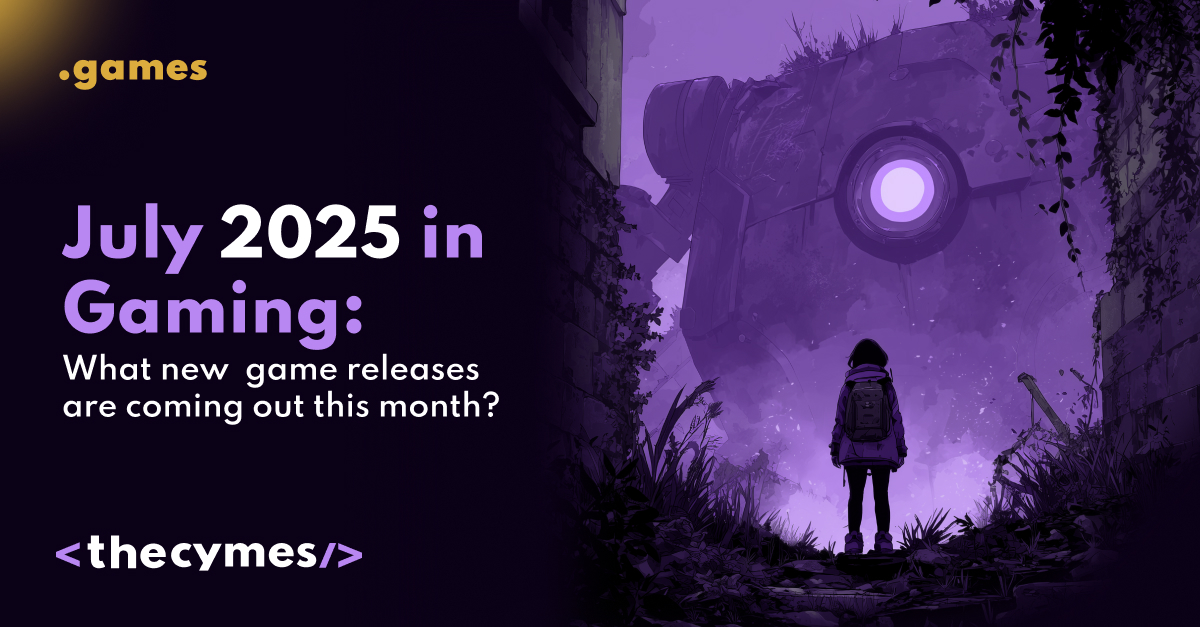Table of Content
NFT games after the hype: Does the trend have a future?
/>What do you need to know about the trend right now.NFT games after the hype: Does the trend have a future?
NFT games were once the hottest trend in gaming, promising players real ownership of digital assets and the chance to earn money through gameplay. But now that the initial excitement has settled, many ask: Do NFT games have a future, or is it just a fad?
Let’s examine the current state of NFT gaming, its challenges, and what needs to change for it to survive and grow.
Understanding NFT games
To appreciate the potential and challenges of NFT games, it’s vital to understand what they are and how they function. NFT games leverage blockchain technology to create unique digital assets that players can own, trade, and sell. Unlike traditional in-game items, which are often controlled by the game developers and are non-transferable, NFTs provide players with true ownership.
What makes NFTs unique?
NFTs are unique digital tokens that verify ownership and authenticity through blockchain technology. Each token has distinct information stored on the blockchain, making it impossible to replicate. This uniqueness is what allows gamers to buy, sell, and trade items in a way that was previously not possible. Players can earn real-world money by trading their in-game assets on secondary markets, thereby creating financial incentives that drive engagement.
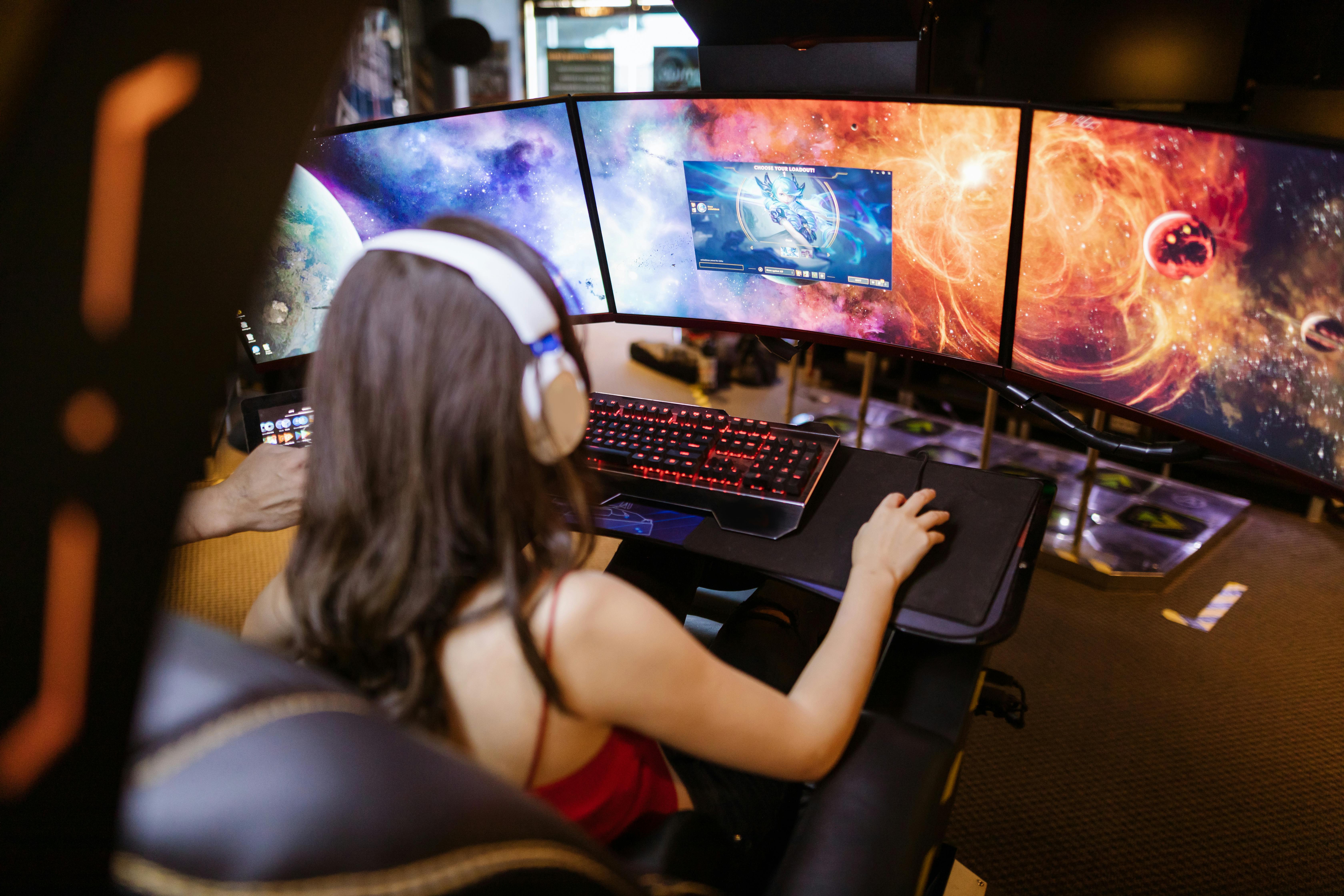
Image from Pexels
Popular examples of NFT games
Several NFT games garnered significant attention during the hype phase, showcasing the potential of this new gaming model:
- Axie Infinity: Inspired by Pokémon, players breed, battle, and trade creatures called Axies. The game operates on the Ethereum blockchain, and players can earn cryptocurrency through gameplay, making it one of the most successful NFT games to date.
- Decentraland: A virtual reality platform where users can buy, sell, and build on digital land parcels using the MANA cryptocurrency. Decentraland allows users to create interactive experiences and monetize their virtual creations.
- Gods Unchained: A trading card game that empowers players by allowing them to truly own their cards as NFTs. Players can trade or sell cards independently of the game, creating a secondary market that adds value to their gameplay.
- The Sandbox: This virtual world allows players to create, own, and monetize their gaming experiences. Players can design their games and assets, which can then be sold or traded in the marketplace.
The hype cycle: A brief overview
The NFT gaming trend peaked dramatically in 2021, characterized by soaring user engagement, rampant speculation, and substantial financial investment. Players and investors alike were drawn to the potential for quick profits and the allure of owning unique digital items. However, as with many trends, the initial excitement began to wane.
Key factors in the decline of hype
- Market saturation: The NFT market became flooded with countless projects, leading to confusion among players. With so many choices, distinguishing high-quality games from low-effort clones became increasingly difficult.
- Economic viability: Many NFT games struggled to maintain player engagement once the initial financial incentives faded. Players often found that the effort required to earn rewards outweighed the benefits, leading to declining player bases.
- Environmental concerns: The environmental impact of blockchain technologies, particularly those reliant on proof-of-work systems like Ethereum, raised significant ethical questions. Concerns about energy consumption and carbon footprints influenced public perception and acceptance of NFT games.
- Regulatory scrutiny: As the NFT space gained traction, governments began to take notice. The potential for regulation introduced uncertainty, creating apprehension among players and investors.
The future of NFT games: Analyzing the landscape
While the initial hype may have subsided, this does not mean NFT games are on their way out. Several factors suggest that the trend can evolve and find a sustainable path forward.
1. Evolving game mechanics
The most successful NFT games are those that prioritize engaging gameplay and community involvement over mere financial incentives. Developers are increasingly focusing on creating experiences that keep players invested in the game itself rather than just in the potential for profit.
Play-to-Earn vs. Play-and-Earn
The distinction between "play-to-earn" and "play-and-earn" is crucial. While play-to-earn models reward players primarily for their time and investment, play-and-earn models emphasize enjoyment and gameplay while still allowing players to earn rewards organically. This shift could lead to more sustainable player engagement and a healthier gaming ecosystem.
2. Integration with raditional gaming
As the NFT gaming space matures, collaborations with traditional gaming developers are becoming more common. Major game studios are exploring how to integrate NFTs into their existing franchises, allowing players to trade unique skins, items, or characters across different games.
Example: Ubisoft and NFT Integration
Ubisoft, a leading game developer known for franchises like Assassin’s Creed and Far Cry, has announced plans to incorporate NFTs into its games. By leveraging its popular franchises, Ubisoft aims to create a seamless experience where players can own and trade in-game assets without compromising gameplay.
3. Enhanced user experience
Improving user experience is vital for the longevity of NFT games. Developers are focusing on simplifying the onboarding process for new players, making it easier for them to buy, sell, and trade NFTs. User-friendly interfaces and wallet integrations can help demystify the technology for casual gamers and attract a broader audience.
Example: NFT Marketplaces
Platforms like OpenSea and Rarible are continually refining their interfaces to make it easier for users to navigate the NFT landscape. By streamlining transactions and offering educational resources, these marketplaces can help onboard new players into NFT gaming, fostering a more inclusive community.
4. Community-driven development
The future of NFT games will likely hinge on strong community involvement. Game developers are increasingly recognizing the importance of player feedback and are creating games that evolve based on community input. Engaging players in the development process fosters loyalty and helps create a more vibrant ecosystem.
Example: DAOs in Gaming
Decentralized Autonomous Organizations (DAOs) are emerging as a way for players to have a say in game development. By allowing players to vote on game features, updates, and monetization strategies, DAOs can create a sense of ownership and investment in the game's future. This democratic approach to development is likely to resonate with players and encourage them to remain engaged over the long term.
5. Regulatory clarity
As regulatory frameworks surrounding NFTs and cryptocurrencies become clearer, developers and players alike will feel more secure in their investments. This clarity can encourage more players to explore NFT games without fear of sudden legal repercussions.
Example: Positive Regulatory Developments
Some countries are adopting more favorable regulations for cryptocurrencies and NFTs, providing a clearer path for developers and players. As more jurisdictions embrace blockchain technology, the gaming industry can benefit from increased legitimacy and acceptance.
Challenges ahead: What to watch for
While there are promising signs for the future of NFT games, several challenges remain that could impact their growth and adoption.
1. Environmental impact
The energy consumption of blockchain networks, especially those using proof-of-work mechanisms, continues to be a concern. Developers must find ways to mitigate their environmental impact, whether through transitioning to greener technologies or offsetting their carbon footprints.
Solutions to Consider
- Transitioning to Proof-of-Stake (PoS): Many projects are exploring the transition from PoW to PoS mechanisms, which significantly reduce energy consumption. Ethereum itself is undergoing this transition, aiming for a more sustainable future.
- Carbon offsetting initiatives: Some NFT projects are actively investing in carbon offset initiatives to counterbalance their environmental impact, making them more appealing to eco-conscious consumers.
2. Market volatility
The NFT market is notoriously volatile, with prices fluctuating dramatically. This unpredictability can deter new players from entering the space. Developers will need to establish more stable economies within their games to maintain player interest and create a sustainable ecosystem.
Strategies for Stability
- Creating in-game economies: Developers can design in-game economies that are less susceptible to external market forces, ensuring that players remain engaged regardless of broader NFT market trends.
- Implementing price controls: Some games are exploring price control mechanisms to prevent extreme fluctuations in asset prices, fostering a more stable trading environment.
3. Education and awareness
Many gamers remain unaware of what NFTs are and how they function. Educating potential players about the benefits and mechanics of NFT games is essential for widespread adoption.
Educational Initiatives
- Workshops and tutorials: Game developers and marketplaces can host workshops and create educational content that demystifies NFTs, explaining their benefits in a relatable manner.
- Community support: Building a supportive community where experienced players can help newcomers navigate the complexities of NFTs can foster engagement and retention.
The economic impact of NFT games
The rise of NFT games is not only changing how players interact with digital assets but also creating new economic opportunities. The play-to-earn model has opened up avenues for income generation, especially in regions where traditional job opportunities may be limited.
1. Economic opportunities for players
NFT games provide players with the chance to earn real money by participating in gameplay. Players can earn tokens through various activities, such as completing quests, battling other players, or trading items. For many, this represents a new form of income, enabling them to support themselves or their families.
2. New revenue streams for developers
For game developers, NFT games offer innovative revenue models. By incorporating NFTs, developers can create unique in-game assets that players are willing to pay for, resulting in new income streams. Moreover, developers can earn a percentage of transactions on secondary markets, allowing them to profit from ongoing activity surrounding their games.
3. The global market for NFT games
The global market for NFT games is rapidly expanding, attracting players from diverse backgrounds. According to various industry reports, the NFT gaming market is projected to grow significantly in the coming years, driven by increasing adoption and interest in blockchain technology.
Key Markets to Watch
- Southeast Asia: Countries like the Philippines and Thailand have seen a surge in play-to-earn games, with many players using gaming as a primary source of income.
- Latin America: The region is also showing potential for NFT games, with players eager to explore new economic opportunities through digital gaming.

Image from Pexels
The future of NFT games: A long-term perspective
As we look ahead, the future of NFT games appears promising, but it will require adaptation and innovation. Here are some long-term trends and predictions that may shape the landscape of NFT gaming.
1. Merging of gaming and social experiences
The future of NFT games may see a merging of gaming with social media experiences. Players will not only engage in gameplay but also connect with others, creating a vibrant community around shared interests. This social aspect can enhance player retention and engagement.
2. Greater focus on interoperability
Interoperability between different NFT games and platforms will likely become a key focus for developers. Players will want the ability to transfer assets between games, allowing them to leverage their investments across different virtual worlds.
3. Enhanced storytelling and immersive experiences
As technology advances, NFT games will likely incorporate more sophisticated storytelling and immersive experiences. By integrating augmented reality (AR) and virtual reality (VR) elements, developers can create engaging narratives that captivate players and enhance their emotional investment.
4. Continued innovation in game mechanics
Developers will continue to experiment with game mechanics that blend traditional gameplay with NFT elements. This innovation will lead to new genres and gameplay styles, attracting a broader audience and keeping the gaming experience fresh.
Final thoughts
While the initial hype surrounding NFT games may have settled, the potential for growth and innovation remains robust. By focusing on engaging gameplay, integrating with traditional gaming, improving user experiences, and fostering community-driven development, NFT games can carve out a sustainable and exciting future.
As the technology evolves and regulatory frameworks become clearer, the gaming landscape will continue to shift. NFT games possess the opportunity to redefine ownership and value in the digital world, creating a richer and more immersive experience for players.
The future of NFT games is not merely about hype—it’s about building a community and creating meaningful experiences. As we navigate this ever-changing landscape, one thing is clear: The journey is just beginning. Embrace the evolution of gaming and prepare for a new era where creativity and technology intersect to create something truly extraordinary.
